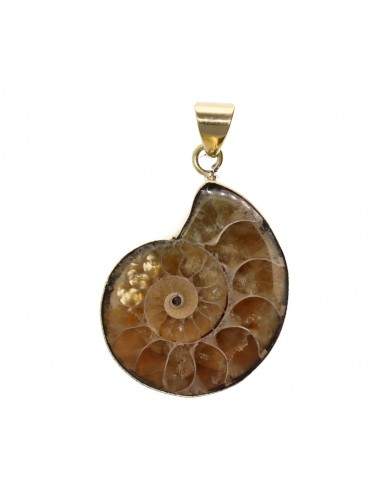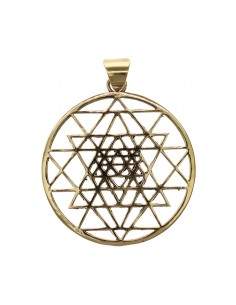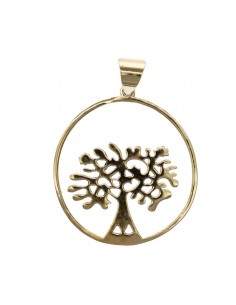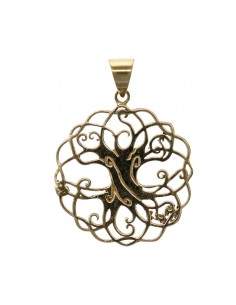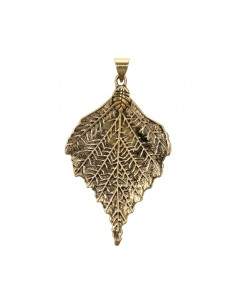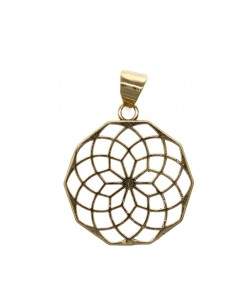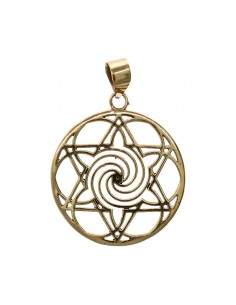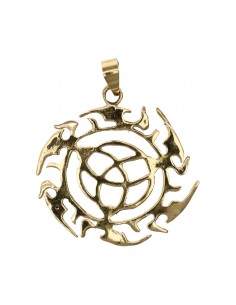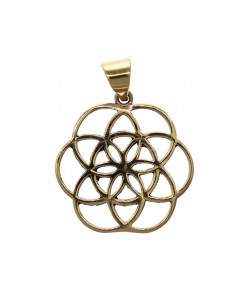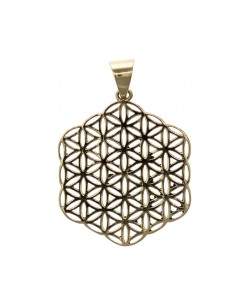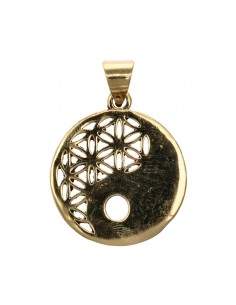It is believed that the ammonoids had a very thin shell of organic composition. For this reason their preservation has been difficult, so most of the ammonoids are found in the form of molds, the shell having disappeared by diagenesis. On the other hand, this allows us to see in magnificent detail the growth of its chambers, which is reflected on the outside creating a drawing with the appearance of leaves.
On the other hand, this piece has been sectioned in half, and we can perfectly observe the inner chambers. It is composed of two types of minerals; calcite and aragonite. It is very difficult to distinguish one from the other with the naked eye. It is not a law but there is a little trick to differentiate them, and it is that aragonite many times under an ultraviolet light reacts phosphorescently.
Cephalopods
Cephalopods owe their name to their most notable characteristic, which is the possession of a variable number of arms or tentacles around the head (8 in Octopus, 10 in Loligo, 90 in Nautilus).
They are the most specialized mollusks and the most highly organized. It is worth mentioning their eyes, comparable in complexity to those of vertebrates. Despite having more than 600 species today, it must be considered a species in decline, considering that there are more than 10,000 species in its fossil record. Cephalopods appeared during the Cambrian and had their maximum importance during the Paleozoic and Mesozoic. In the fossil record, orthoceras, ammonites and belemnites stand out as the most characteristic representatives.
They are exclusively marine animals, mostly nektonic and some benthic. They move by expulsion of water and/or gases contained in the paleal cavity. All current cephalopods are carnivorous, feeding on crustaceans, gastropods and other organisms that they catch with their tentacles and devour with the help of their parrot beak-shaped jaws.
Some cephalopods have an external shell (nautilus), others an internal shell (cuttlefish), while others lack one (octopus). Argonauta secrete a shell to incubate eggs during reproduction. As a morphological element of cephalopods, the shell has a double function: to protect the soft parts and to serve as a hydrostatic apparatus for flotation, balance and displacement in the water.
Cephalopods have separate sexes and in some cases display marked sexual dimorphism.
Ammonites
The representatives of this class are known by the common name of ammonites or ammonoids. About 2000 genera of ammonoids have been described.
The shell of ammonoids, with few exceptions, has a compact planispiral shape. Some primitive genera, however, have a central hollow (as do certain Paleozoic nautiloids with a coiled shell). The shell may be involute or evolute, and its general shape may be flattened, compressed, globular, subspheroidal, etc. Its maximum dimensions range from 1cm to 3m.
In most specimens the siphon is in ventral position or in some rare cases in dorsal position. The dorsal necks are usually retrocoaned, although there are also procoaned. The latter belong to the most evolved forms.
Unlike nautiloids, ammonoids often have ornamentation on the shell. This ornamentation consists of more or less marked growth lines, ribs with or without tubercles and spines, keel or keels in the ventral area, and sometimes lugs located on both sides of the opening.
Ornamentation is important in ammonoid systematics, but because of the tendency of the group to homeomorphy, other characters, e.g., suture, must be taken into account. In fact, the suture of ammonoids is the most commonly used character for the classification of Paleozoic forms. In the Mesozoic forms, the configuration of the turns, the ornamentation and the type of coiling, among other characteristics, are also considered.
The sexual dimorphism of ammonites could be important, with shells 2 to 4 times larger than each other, different openings and different separations between the chamber and the rest of the shell. It is not clear in each case which morphology belonged to the male and which to the female.
Associated with the ammonoids, there were often calcareous plates that at first glance look like bivalves: they are the so-called aptychs. Because of their shape and position, they have been interpreted as opercula that protected the body of the animal when it retracted into the shell. Other less important structures of chitinous or organic composition, which are sometimes associated with ammonoids, are the so-called anaptico, formed by flat butterfly-shaped plates and have been interpreted as jaw parts similar to those of coleoids.
How do we differentiate an ammomonite from a nautilus?
Apart from the more pronounced ornamentation of ammonoids, in general a thinner shell than nautiloids. It is also said that the siphonal necks are procoanate in ammonoids and retrocoanate in nautiloids, that the siphon of ammonoids is in ventral position and that their septa are usually convex towards the opening, however these are generalities that are not always fulfilled.

